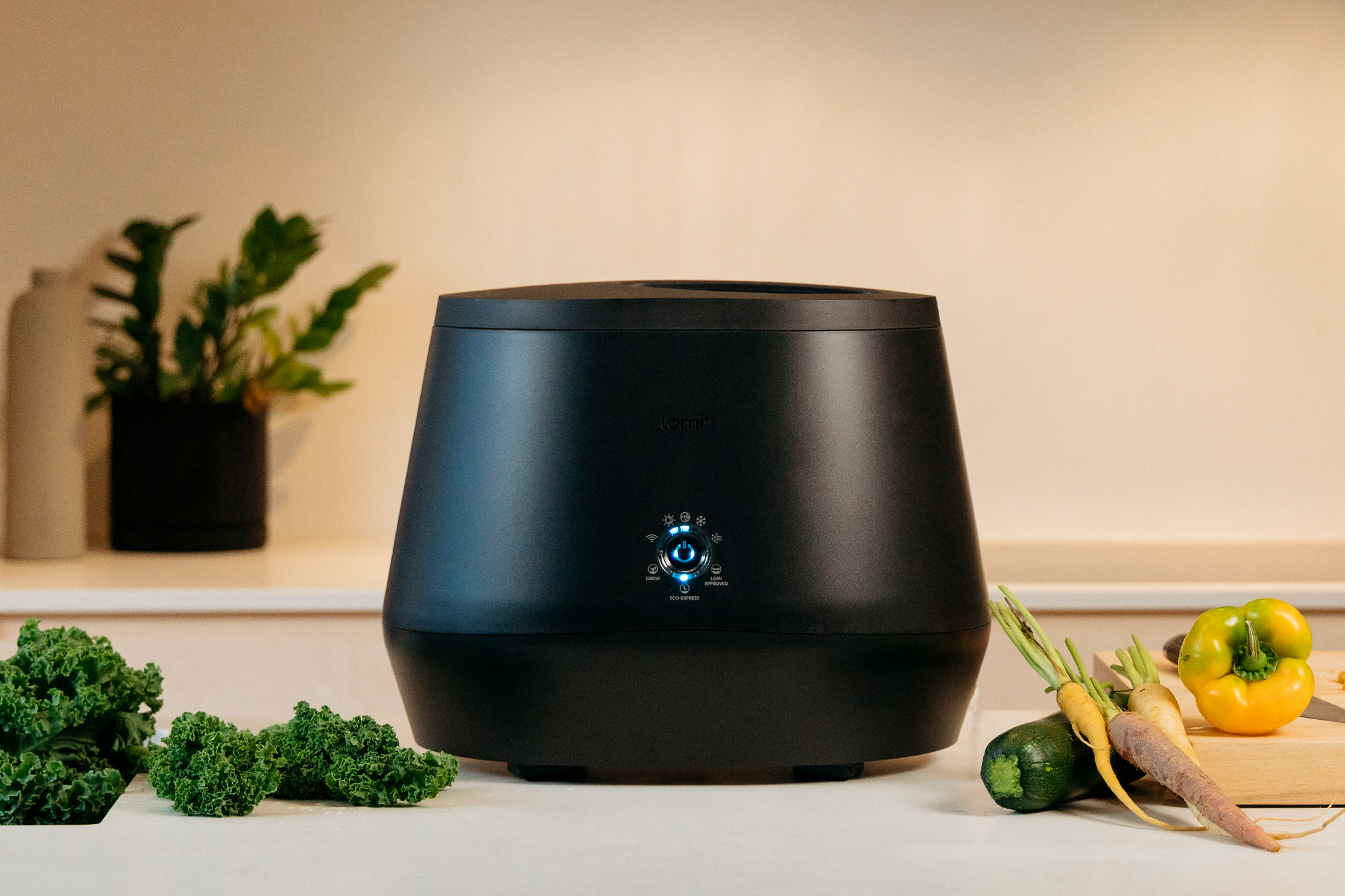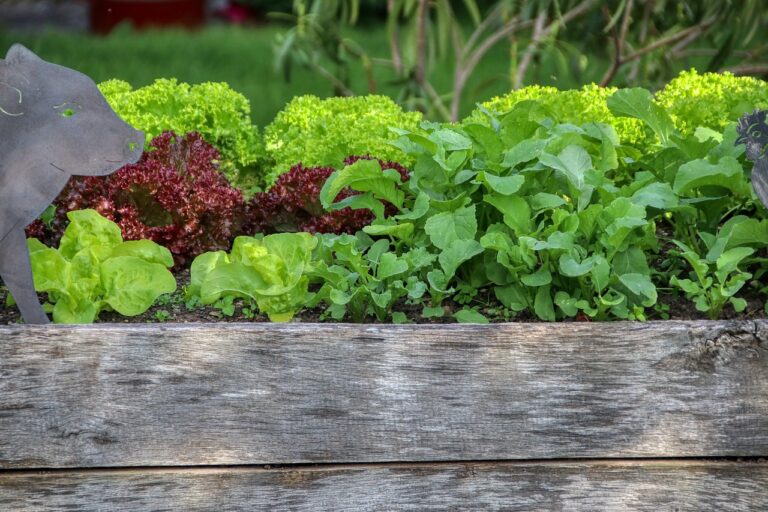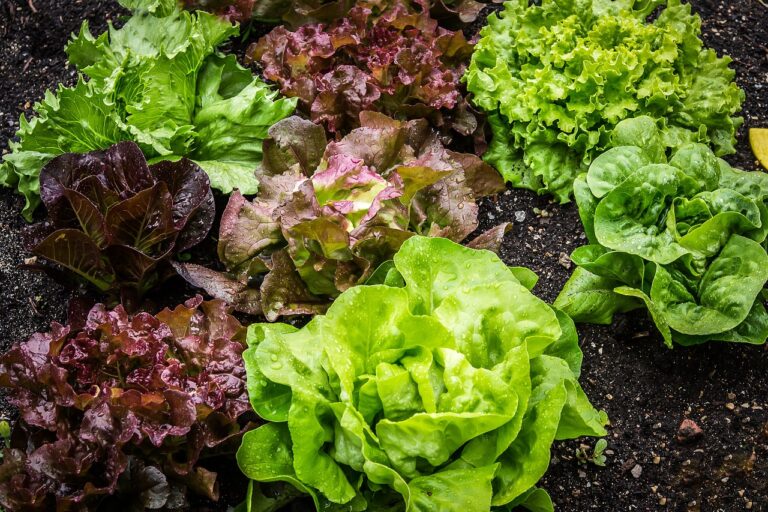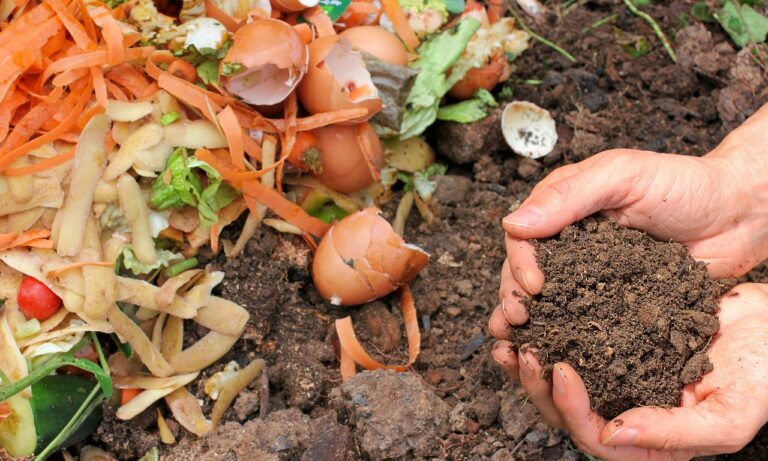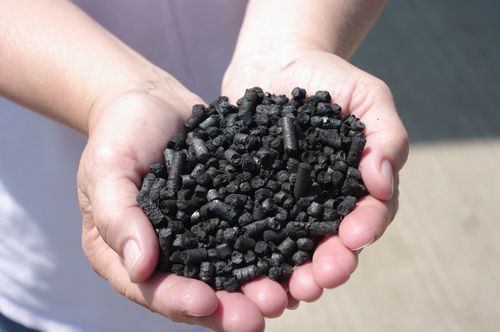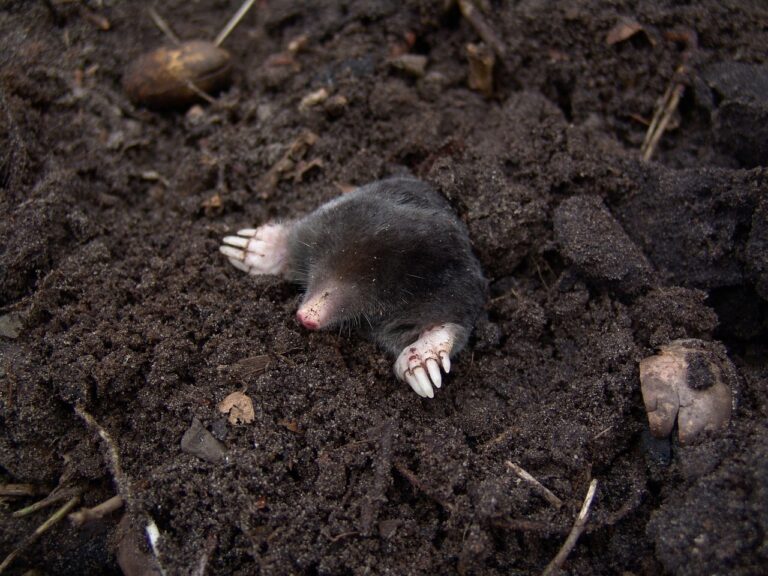In today’s age of sustainability and eco-conscious living, composting has become a household term. When I first heard about the Lomi countertop composter, I was intrigued. After all, composting kitchen waste without the need for a backyard compost pile sounded revolutionary. But does Lomi live up to its promises?
Remember those infomercials with amazing gadgets that promised to revolutionize your life? Well, the Lomi countertop composter is kind of like that. It’s sleek, it’s futuristic, and it claims to turn your food scraps into nutrient-rich fertilizer in a matter of hours. But before you rush out and buy one, there’s a few things you should know.
What is Lomi?
Lomi is designed for individuals who lack the space for traditional composting methods like bins, piles, or barrels. It offers a solution for those living in apartments or urban settings where outdoor composting may not be feasible.
The Mechanism Behind Lomi
Contrary to traditional composters, Lomi doesn’t produce compost. Instead, it shreds and dehydrates the organic material you feed into it. Imagine turning your kitchen scraps into a kind of “jerky” version of compost. This means the decomposition process halts until you reintroduce moisture. So, if you’re looking for ready-to-use compost, Lomi isn’t the answer.
To “finish” the job and actually turn your jerky into compost, you need water. And not just any water, mind you. Lomi recommends using their special “Lomi Earth” capsules, which are basically activated charcoal and microbes waiting to get to work. These capsules cost extra, and you’ll need to subscribe to get them regularly.
Using Lomi
- Feed the Beast: Toss your food scraps, including fruit and vegetable peels, coffee grounds, eggshells, and even meat bones (yes, you read that right!), into the Lomi’s spacious bucket.
- High-Tech Munching: Lomi’s powerful blades get to work, shredding and dehydrating your scraps into a fine, crumbly mix. Think of it like kitchen scraps jerky – preserved but not quite ready for the garden.
- Odor-Free Transformation: No need to worry about unpleasant smells. Lomi’s advanced air filtration system keeps your kitchen smelling fresh while the magic happens inside.
- Level Up with “Lomi Earth” (Optional): For a faster composting process, you can add Lomi Earth capsules. These capsules contain special microbes and activated charcoal that kickstart the decomposition process.
- The Final Product: After a few hours, depending on the chosen cycle, Lomi delivers the finished product – a dry, crumbly mix that resembles potting soil.
Maintenance and Subscription
While Lomi is slightly bulky for a countertop device, I’ve found it fits perfectly in our laundry room. One of the standout features is its lack of odor. Lomi does offer a subscription service that provides tablets to accelerate composting and charcoal for air filtration. Commit to the subscription for three years, and they’ll replace your Lomi unit at the end of the period.
A Critical Look: Is Lomi the Ultimate Solution?
I embarked on an experiment comparing electric composters like Lomi to traditional composting. Here are my key observations:
- Nature of the Product: The end product from Lomi isn’t compost but dehydrated kitchen waste.
- Environmental Impact: Dumping this dehydrated waste in landfills might be worse than disposing of raw waste.
- Composting Efficiency: Due to the drying and grinding process in Lomi, achieving the right green-to-brown ratio in a traditional compost pile becomes challenging.
- Time Factor: The reconstitution of the dehydrated waste delays the onset of decomposition, negating any time-saving benefits.
While Lomi offers convenience, its efficacy as a sustainable composting solution remains questionable. It doesn’t necessarily outperform traditional food waste solutions.
Alternatives to Lomi
For those like me who prioritize sustainable living but have constraints, alternatives like the Vitamix blender or worm bins can be beneficial. We’ve had our Vitamix for over two years, using it daily to process organic waste. Given the presence of bears in our vicinity, outdoor composting isn’t an option. Our worm bins have been a boon, especially for the vegetable scraps that neither the bears nor we can consume.
Final Thoughts
If you’re considering Lomi solely as a means to manage kitchen waste in a space-constrained setting, it serves its purpose. However, if you’re looking for a genuine composting solution that yields nutrient-rich compost for your garden, Lomi might not be the ideal choice.
To answer the lingering question: Is Lomi the device that dehydrates kitchen waste? Yes, it is. But it’s crucial to recognize that it doesn’t produce compost in the traditional sense. Instead, it offers a unique method of waste management that comes with its own set of challenges and considerations.
